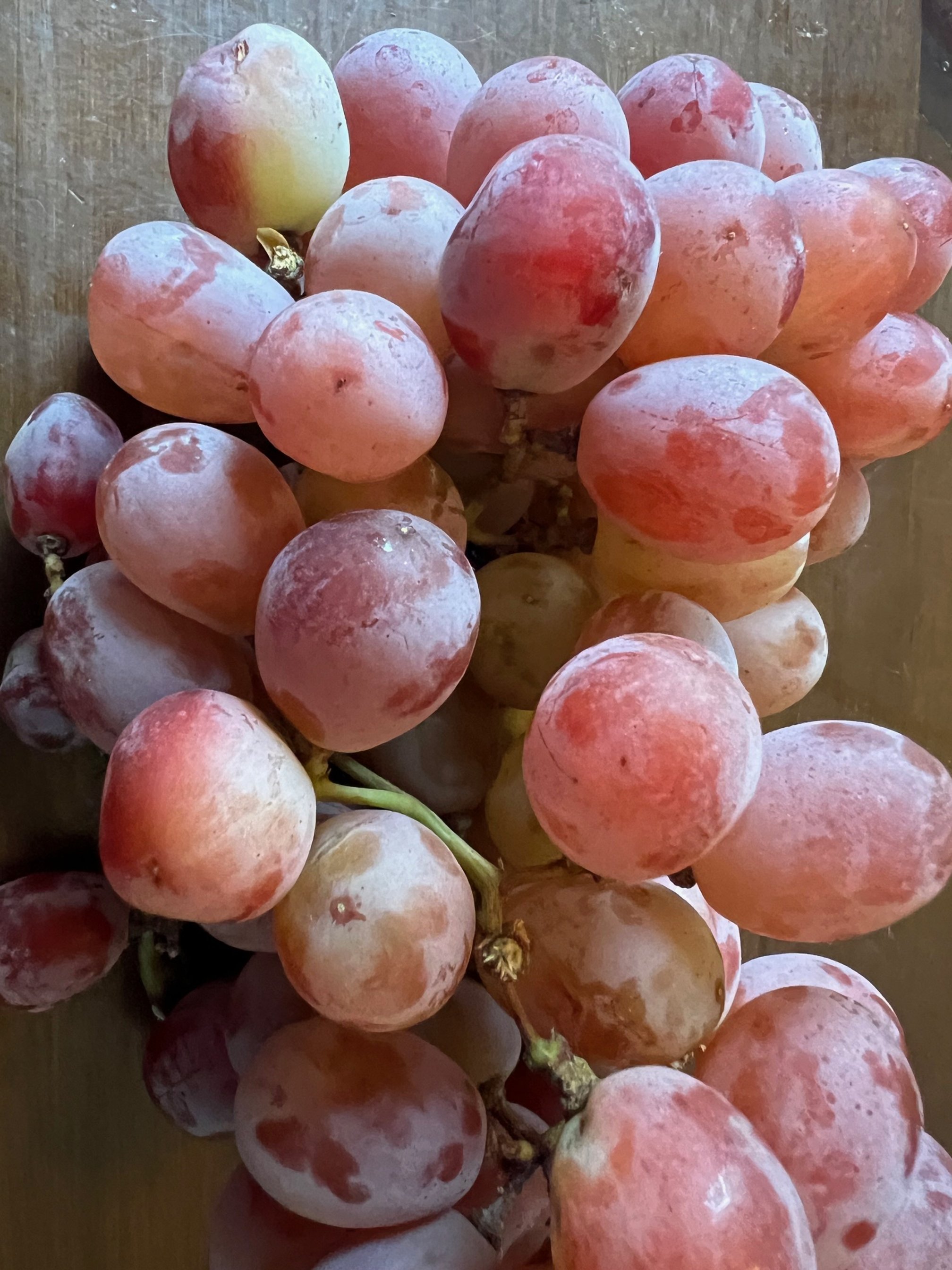Star Fruit— Averrhoa Carambola

In this section we will review the nutritional aspects of Star Fruit. The benefits have been based on animal and human studies as well as in vitro studies. This fruit is extensively grown in Southeast Asia. The fruit is eaten in juice preparations and raw. In some communities the flowers and leaves of the fruit are also consumed. It is considered an herb and has medicinal qualities but also can cause nephrotoxicity and neurotoxicity (harm to the kidney and brain with increased consumption). The fruit has been used in traditional Ayurvedic and Chinese medicinal preparations.
Composition:
The fruit contains beta-carotene, gallic acid, and vitamin C. The fruit also contains iron, zinc, potassium, phosphorus, zinc, manganese, and magnesium, as well as high levels of fiber, and oxalate. With respect to the phytochemicals, it contains flavonoids, alkaloids, tannins, saponins, phenols, anthocyanin, anthocyanidin, cathechins, triterpenoids, etc.
Salient points:
Star Fruit has antioxidant and anti-inflammatory properties, mediated via agents in the fruits like L-ascorbic acid, gallic acid, and epicatechin.
It also offers hypotensive and hypoglycemic effects—that may help with glucose regulation.
In addition to these effects, Star Fruit also has antibacterial, anti-tumor, and immune modulation effects.
Patients’ consumption of the juice from 100 gm of Star Fruit twice daily for 4 weeks was associated with decreased levels of LDL cholesterol. This is postulated to happen through facilitation of increased excretion of cholesterol and bile acids from the body. This resulted in a decrease in serum and hepatic cholesterol levels.
It is important to note that the fruit has very high oxalate concentrations and should be consumed cautiously by people with chronic kidney disease, chronic pancreatitis, and gastrointestinal disorders.
It is notable that the distinction between the levels of consumption that aid benefits vs. toxicity towards the kidney and neurons is blurred. Therefore, caution must be exercised when consuming this fruit.
As detailed above, this fruit has various beneficial effects, but unfortunately does have the possibility of nephrotoxicity and neurotoxicity with consumption. Please always have a discussion with your doctor when adding new foods to your diet. As always, I pray that you keep your health and nutrition in center focus and live long and strong!































